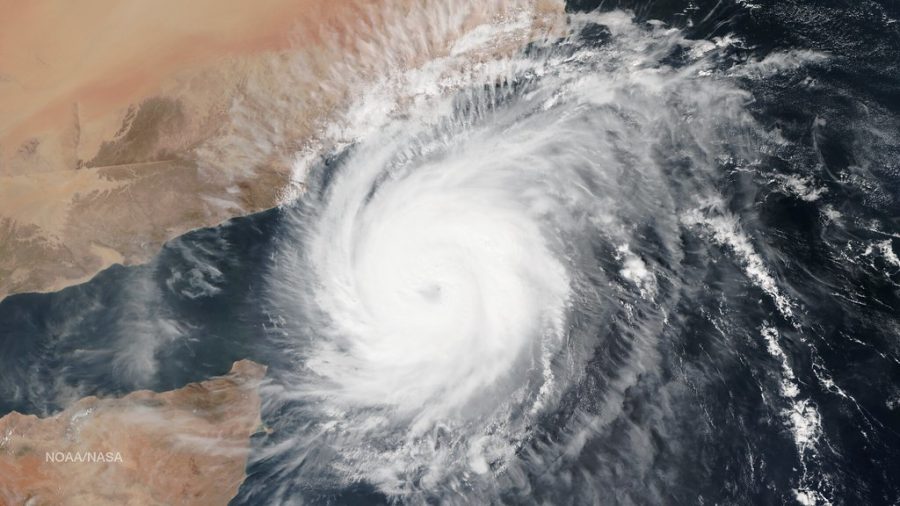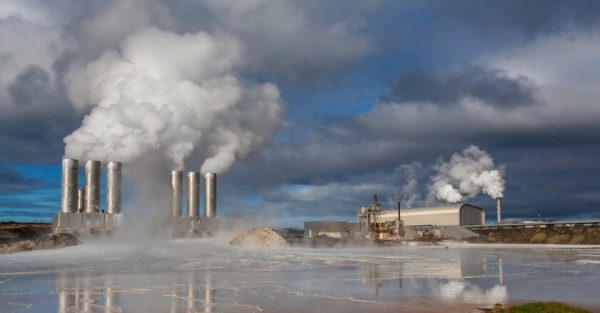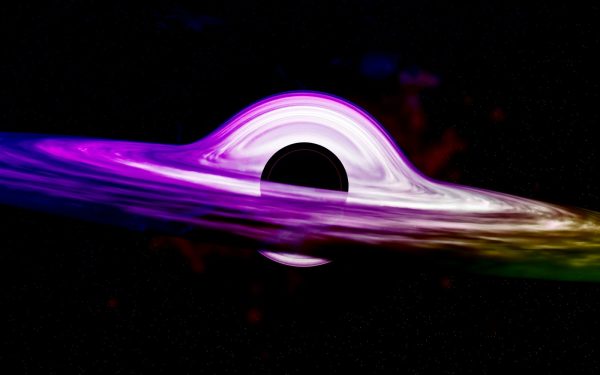All You Need To Know About Cyclones
“Tropical Cyclone Chapala” by NOAASatellites is marked under CC PDM 1.0. To view the terms, visit https://creativecommons.org/publicdomain/mark/1.0/
You have probably heard of cyclones, but what are they? A cyclone can be really horrendous, crushing many buildings and producing floods. Many people no longer have lives because of them. Why do cyclones happen? If one happens near you, how can you stay safe?
What are cyclones?
Cyclones are low-pressure systems that are in our atmosphere. A tornado is a miniature cyclone, which are also known as tropical depressions. Cyclones are given various titles based on where they form and reach. In the United States and the Caribbean, cyclones are called hurricanes. In the China Sea they’re labeled as typhoons, and in Africa, they are expressed simply as cyclones. A cyclone can bring an immense amount of precipitation, mighty winds, clouds, violent storm surges, and exciting water spouts. A cyclone is approximately 60 to 1200 miles(100 to 2,000 kilometers) in diameter. When you see a photograph of a cyclone taken from above, you can see the puffy clouds swirling around and into the eye. The eye is the center of the cyclone. Even though the storm can be very disastrous, when the eye passes over a region, it is like an ordinary day. The sky is less cloudy, it stops raining, and the winds cease. When the eye passes over, this odd calmness only lasts for about an hour or two, and then it is back to forceful winds, rain, and large gray clouds. The part of the cyclone closest to the eye, is the place where there is the most gale and downpour is located. A cyclone’s power is normally around 600 million megawatts, which is nearly seven times the strength of a thunderstorm. This makes sense because a cyclone has several thunderstorms in it.
Cyclones are rated from one to five based on how severe they are. If the cyclone is rated a one, there will be the least damage and is not that brutal. If the cyclone is rated a five, there will be a profound amount of harm and is disastrous. This all depends on the wind’s speed or mph.
There are two types of cyclones, tropical and extratropical. Most cyclones are tropical cyclones, because cyclones need warm temperature water to form and tropical oceans are warmer than extratropical oceans.
How are cyclones formed?
Cyclones are created over the ocean, specifically when the ocean water is warm and is at least 80 degrees Fahrenheit. The hot air in the area rises up and takes some evaporated water with it, so it is moist. Heat and moisture are essential to form a cyclone. This is why when the cyclone reaches land, it no longer has its water source and quickly deforms. The cyclone also dies out when it reaches chilly areas, because it loses its heat.
When the hot air rises up, it creates a low pressure vacuum in that area. High pressure winds rush over to the low pressure core area. All this air also gets heated and rises up. As the air from the area rises, it becomes cooler and condensates. This is when the evaporated water that is in the air becomes tiny water droplets that form big storm clouds called cumulus and cumulonimbus clouds. All these clouds spin in spirals because of the Coriolis effect. The Coriolis effect is when the air deflects because of the rotation of the earth. This system of air rushing to a low pressure area, rising up, and becoming clouds, repeats in a cycle, becoming quicker as it revolves. Soon enough, an eye takes shape at the center of the storm system. The eye is the place with the lowest pressure. All the high pressure air surges towards and into the eye. And now a cyclone is born!
The Coriolis effect is also why cyclones turn counterclockwise in the Northern Hemisphere and clockwise in the Southern Hemisphere. There are anticyclones, and they are the opposite of cyclones. They spin clockwise in the northern hemisphere and counterclockwise in the southern hemisphere. Unlike cyclones, anticyclones are high-pressure systems.
What do cyclones create?
Cyclones not only contain wind and rain, but they can also make water spouts and storm surges, too. A water spout is a spinning funnel that is made up of mist and wind. It looks a lot like a tornado and can be just as severe as one. Storm surges are when the wind pushes the ocean waves further on to the shore with a monstrous amount of force, causing floods.
An example of a cyclone is the tropical cyclone entitled Nargis. Nargis hit Myanmar on May 2, 2008. Over 100,000 people were killed from this tropical storm. An additional example is the cyclone that hit Bangladesh in 1970. At least 300,000 were killed by this storm. People generally die from cyclones by drowning. The cyclone produces a large amount of water and storm surges, which floods the district being hit. Multiple houses and buildings can be damaged. You can be rich one moment, and the next moment you don’t even have a house. Although, not all cyclones are monstrous enough to demolish things.
How can you stay safe during a cyclone?
You can stay safe by planning before cyclone season and keeping a first aid kit at hand. When there is a cyclone coming towards your area, you should tie down any light objects. Be prepared, tell your neighbors about the cyclone. It is helpful to watch the news for more information on the cyclone. When there is a cyclone warning being issued, you should park your cars in your garage or somewhere else safe and bring all outdoor items(like lawn chairs, ect.) inside. Close all windows and doors and pack a kit to take with you if there is an evacuation with things that are valuable and are needed(clothing, important files, etc.). Most importantly, stay inside.
If you are evacuating to a shelter you should wear protective and sturdy clothing. Lock your door and turn everything off that is inside of your house. Remember to take all of your needs. When the cyclone hits your area, turn off all electronic devices and stay inside in the strongest part of the building that is away from windows. If the building you are in starts to fall apart, protect yourself with what you have and hide underneath something stable. Don’t go out until you are told, even if the winds have calmed down, as that could just be the eye of the cyclone. If you are driving, move the vehicle away from things that you may fall in or may fall on you and stay in there. After the cyclone is over, do not go back home until approved with information and guidance. Be careful of fallen things(powerlines, trees, etc.).
Conclusion
While cyclones may be dangerous and destructive, we still have more to learn about them that may help us in the future. Maybe we can make the greatest hair dryers the world has ever seen. Or maybe these cyclones are signs that we need to fix global warming. Whatever we may do in the future, we will always take part in our world.
RELATED LINKS:
http://www.bom.gov.au/cyclone/about/tc-checklist.shtml
http://www.bom.gov.au/cyclone/about/
https://www.nationalgeographic.org/encyclopedia/wind/
https://www.britannica.com/science/atmosphere/Stratosphere-and-mesosphere#ref952920
https://oceanservice.noaa.gov/facts/waterspout.html










